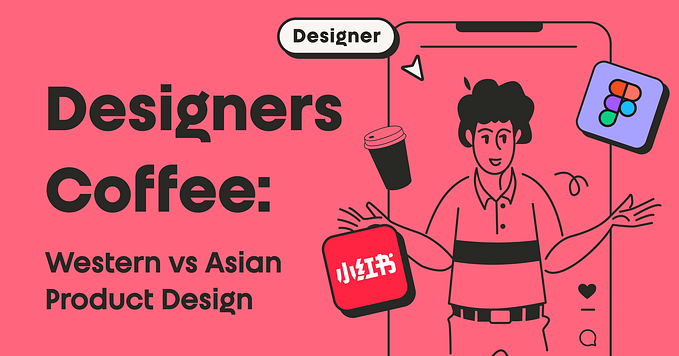Member-only story
Will inclusive design help Twitter Spaces overtake Clubhouse?
Who will create a more inclusive, inviting, and engaging space?

Clubhouse is a social networking and media app where people gather in audio-only chat rooms to discuss a wide range of topics such as technology, entrepreneurship, health, money, networking, sports, comedy, or art. Conversations are typically spontaneous, unscripted, and freewheeling — the “unpolished quality is part of the charm.”
The chat rooms generally consist of two groups — the people speaking and the people listening. A moderator oversees the discussions, inviting people to speak and dealing with any disruptions.
The app was created by two tech veterans, Paul Davison and Rohan Seth. They were working on a podcasting app but wanted more of a conversation than a broadcast, so they added a feature allowing users join the conversation.
Spaces is Twitter’s response to Clubhouse’s rapid ascent and success. The audio-only chat rooms allow users to gather for live conversations. It is currently in testing, but it’s expected to launch publicly to all users in April.
Spaces are public, so any Twitter user can join as a listener, while up to 11 people can speak in a Space at a given time. The host manages who can speak by granting and revoking speaking permissions within the Space. Listeners can request permission to speak, and hosts can remove, report, and block others in the Space.
What are the Key Differences?

Conscious business, product, and design decisions have shaped these two products. Let’s explore how they have differentiated themselves.
Audience and Culture
Clubhouse
- The app is built on exclusivity — it’s invite-only currently.
- The app is only available on iOS, but Clubhouse announced plans…







